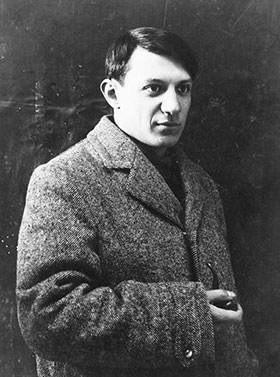- Overview
-
Sir Peter Paul Rubens (28 June 1577 – 30 May 1640) was a Flemish artist. He is considered the most influential artist of Flemish Baroque tradition. Rubens' highly charged compositions reference erudite aspects of classical and Christian history. His unique and immensely popular Baroque style emphasized movement, color, and sensuality, which followed the immediate, dramatic artistic style promoted in the Counter-Reformation. Rubens specialized in making altarpieces, portraits, landscapes, and history paintings of mythological and allegorical subjects.
In addition to running a large studio in Antwerp that produced paintings popular with nobility and art collectors throughout Europe, Rubens was a classically educated humanist scholar and diplomat who was knighted by both Philip IV of Spain and Charles I of England. Rubens was a prolific artist. The catalogue of his works by Michael Jaffé lists 1,403 pieces, excluding numerous copies made in his workshop.
- Career
-
- He went to Italy in 1600 and lived mainly in Venice and Rome as he studied the works Tintoretto and Titian among others. The Duke paid for his journey to Florence so that he could study traditional Roman art as well. Around this time, he painted the altar piece, titled ‘St. Helena with the True Cross’ at the Roman Church of Santa Croce, located in Jerusalem.
- After spending a year in Spain owing to a diplomatic visit, Peter Paul Ruben went back to Italy in 1604 and during his four year stay in the country he lived in Genoa, Mantua and Rome. During his stay in Italy he produced works like ‘Marchesa Brigida Spinola-Doria’ and portrait of Maria di Antonio Serra Pallavicini among others. Rubens was also commissioned to work on the high altar of Santa Maria church in Vallicella and that constituted one of the most important works in his career.
- He moved to Antwerp due to his mother’s ill health in 1609. The same year, the Archduke of Austria, Albert VII and Infanta Isabella Clara Eugenia of Spain made Rubens their court painters. He established his studio in Antwerp, where he taught students and also employed a number of assistants. Some of the notable works of the period include ‘The Raising of the Cross’, ‘The Descent from the Cross’ and also produced prints of his works in collaboration with a noted publisher that further enhanced his reputation.
- From 1621 onwards, he was entrusted with diplomatic duties by the Halsburg rulers from Spain after he had been summoned to Paris by Marie de Medici, the Queen Mother of France to create paintings related to her life. Rubens painted the Marie de Medici Cycle and was also involved in gathering intelligence in his role as a diplomat. He also went to England in his role as a diplomat.
- Around 1630, Peter Paul Ruben went back to Antwerp and spent most of his time in completing commissions like the paintings on the ceiling of Banqueting House in Whitehall. During this decade, Rubens produced works like ‘The Feast of Venus’, ‘The Three Graces’ and ‘The Judgement of Paris’ that was commissioned by the Spanish royal family.
- He went to Italy in 1600 and lived mainly in Venice and Rome as he studied the works Tintoretto and Titian among others. The Duke paid for his journey to Florence so that he could study traditional Roman art as well. Around this time, he painted the altar piece, titled ‘St. Helena with the True Cross’ at the Roman Church of Santa Croce, located in Jerusalem.
- Legacy
-
We see the influence of Rubens in the prints of Picasso and Rembrandt, in the portraiture of Van Dyck, in the hunting scenes and devotional works of Delacroix, and in the landscapes of Constable and Gainsborough. It is a far reaching and remarkable legacy.
- On View
-
- The Louvre, Paris
- Rijksmuseum, Amsterdam
- Kunsthistorisches Museum, Vienna
- J. Paul Getty Museum
- National Gallery of Art East Building, Washington D.C.
- Albertina, Vienna
- National Gallery, London
- Art Institute of Chicago
- Museo Nacional Del Prado, Madrid
- Museo Nacional de Bellas Artes
- Museum of Fine Arts of Lyon
- Stadel Museum, Frankfurt
- Capitoline Museums, Rome
- Germaldegalerie, Berlin
- Strada Nuova Museums
- British Museums, London
- Philadelphia Museum of Art, Philadelphia
- Walke Art Gallery, Liverpool
- Kunsthaus Zurich, Zurich
- Art Gallery of Ontario, Toronto
















